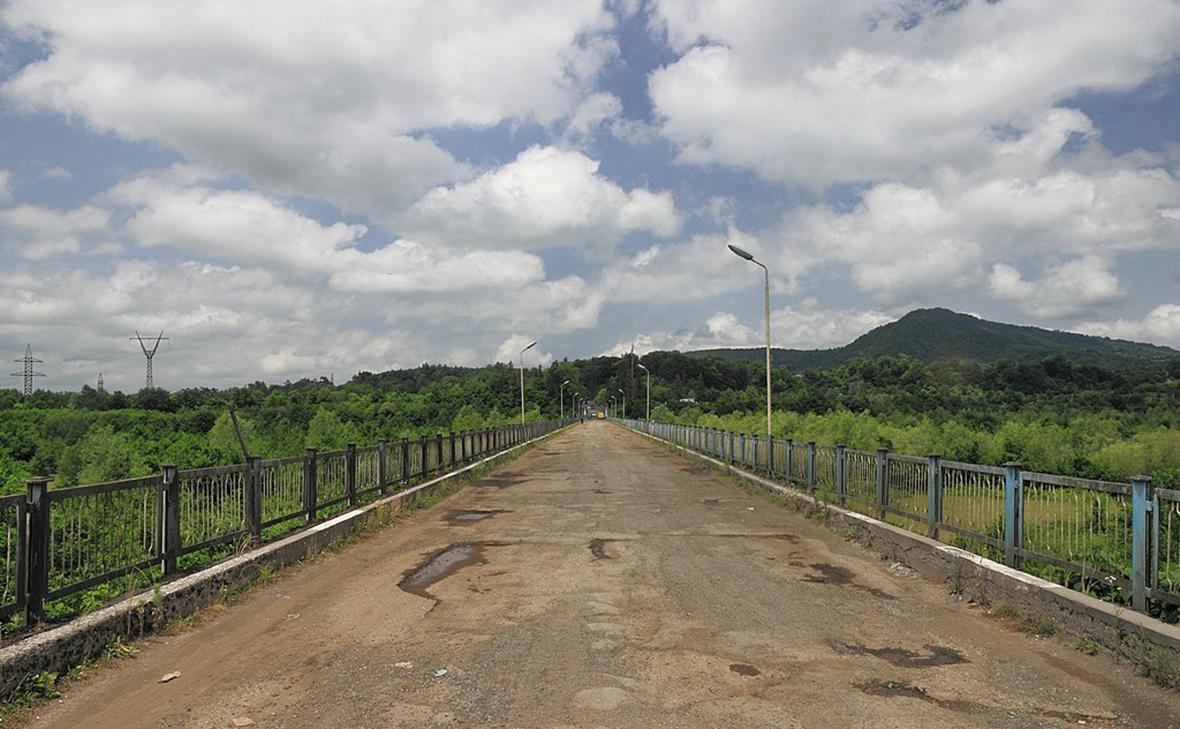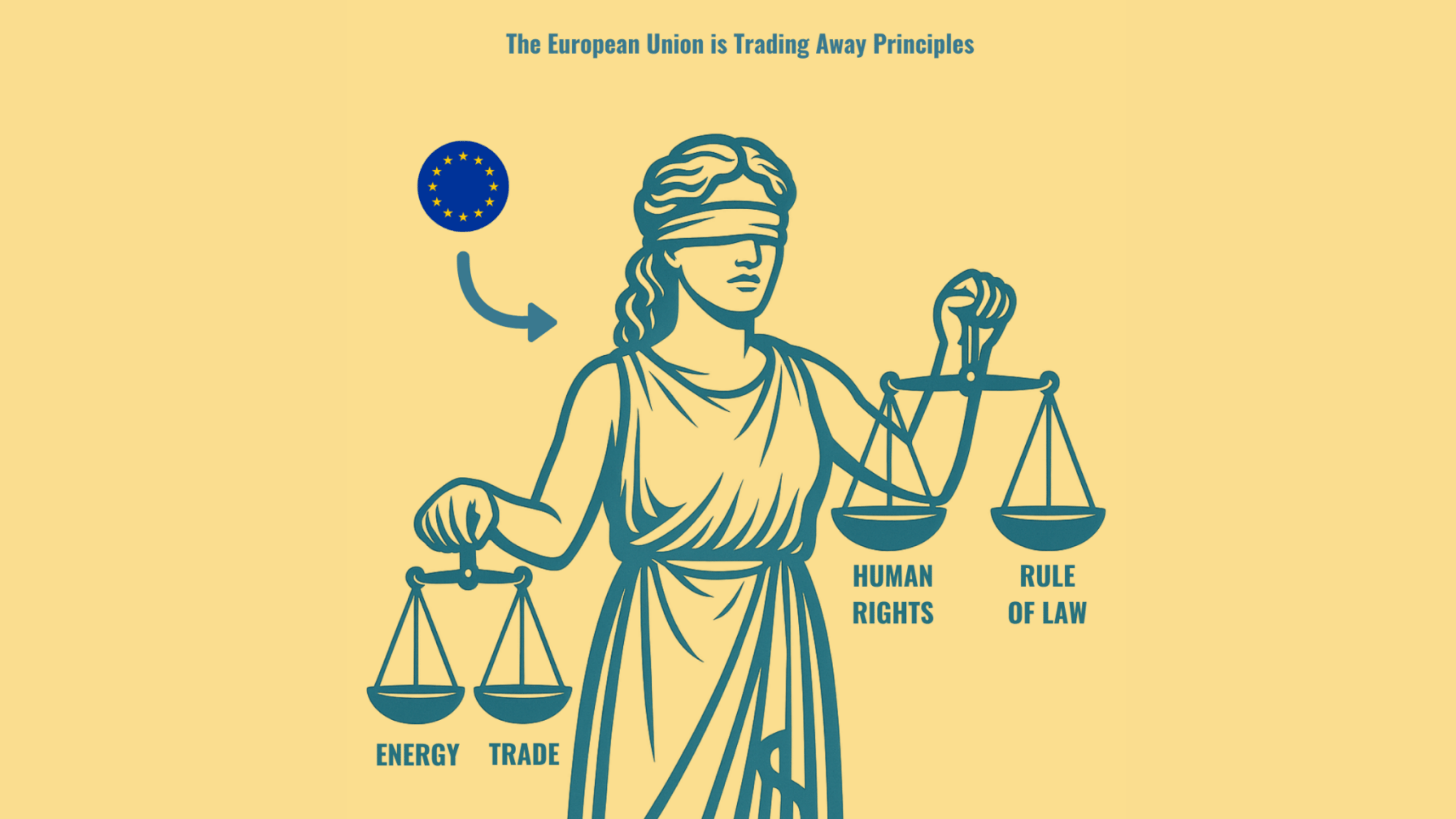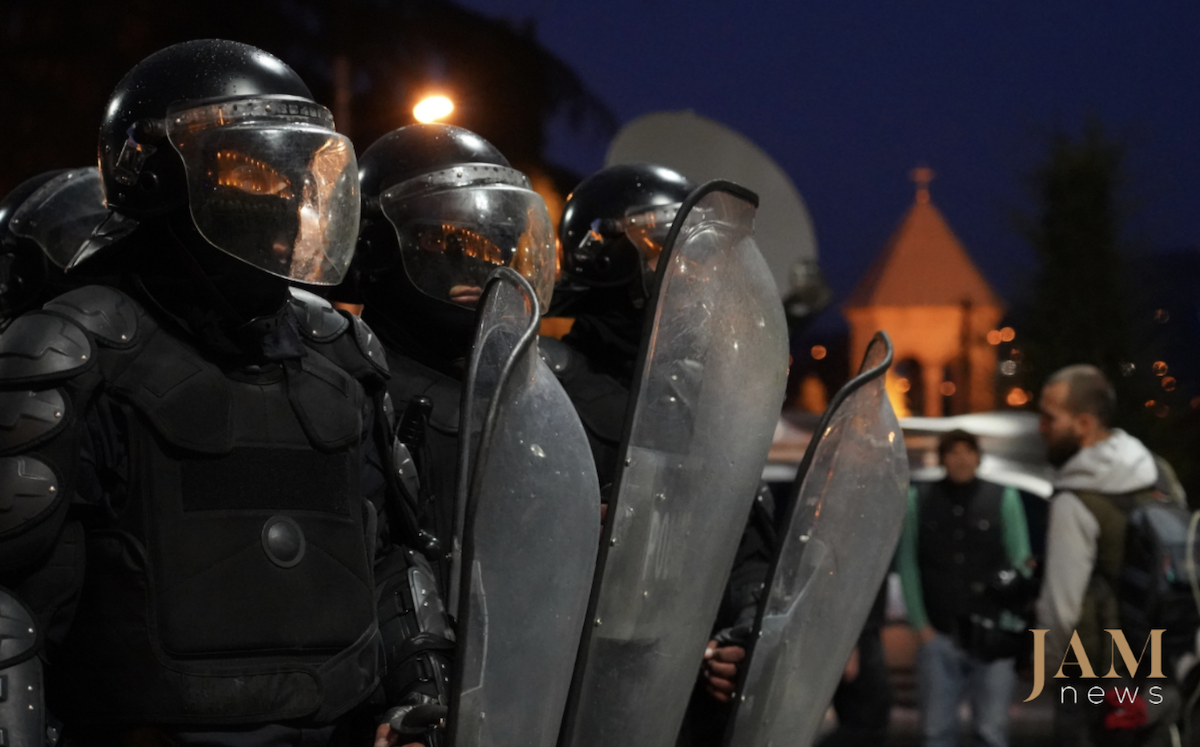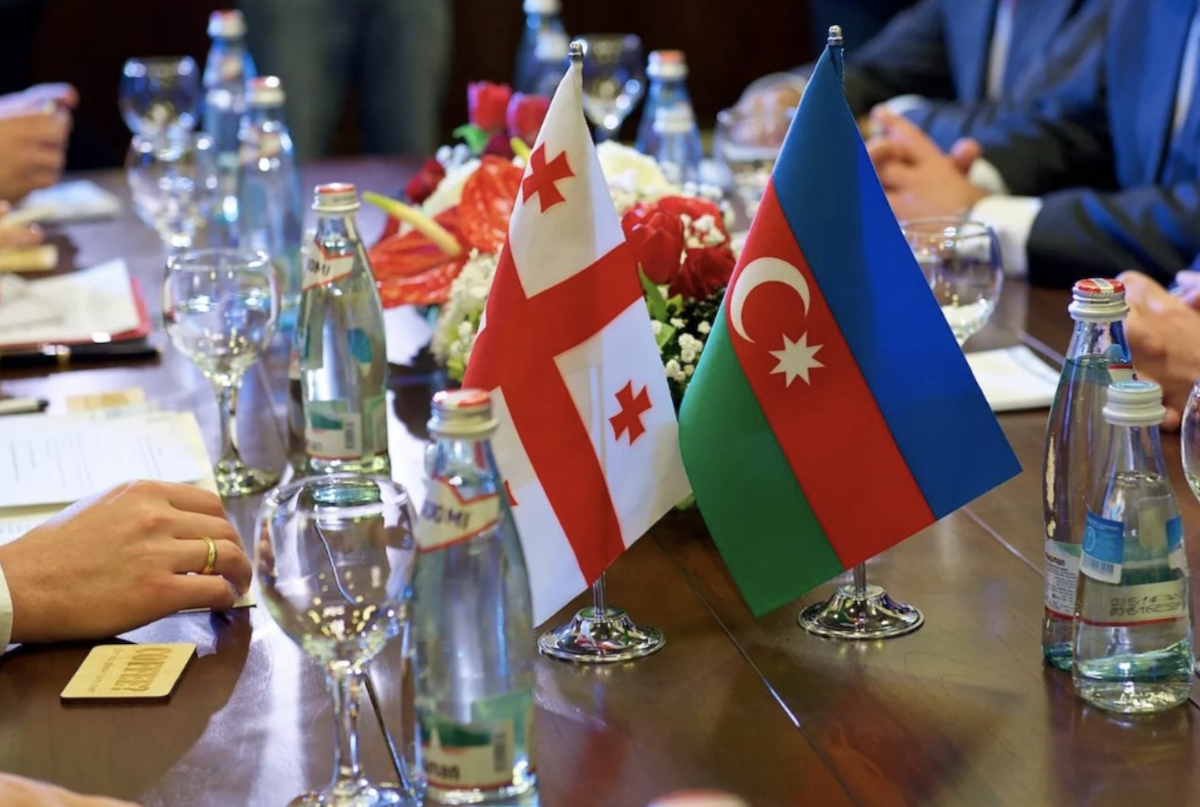Crime without punishment
57 criminal proceedings were instituted in connection with the violations during the referendum on constitutional changes, but none of the cases have been solved yet, no charges have been brought on any of the cases. Only one case has reached the court verdict phase: Zaven Mirijanyan, the election commission chairman, who had been charged with bribing Vardan Harutyunyan, member of the same election commission from the oppositional Armenian National Congress (ANC), was released in the court room on January 15. He was sentenced to a two-year probation period.
The opposition regarded the aforesaid as a proof of the authorities’ support and protection of the perpetrators.

Numerous cases of rigging and other violations of the electoral law were recorded by journalists and observers during the referendum on constitutional changes, held in Armenia on December 6, 2015. We reported about this on the day of the referendum.
Now we are conducting classification of the violations that occurred more frequently than others.
1. Attempts to bribe and intimidate the opposition members of the commission
As early as one month ahead of the referendum, the commission members representing the National Assembly’s opposition factions, reported through the social networks and the Mass Media that there had been attempts to bribe and blackmail them. The ANC opposition party produced to the Prosecutor’s Office a video footage, showing the district election commission chairman, Zaven Mirijanyan, trying to bribe an opposition member of the commission. According to the opposition, after publication of this video, there were less attempts, though they did not stop, but rather became more cautious.
2. Election bribes
On election day, a number of media outlets released some video footages, clearly showing how people with the lists accompany the voters to the precincts, pay them certain amounts, and then bring them back in minivans. Criminal proceedings have been instituted based on those video footages.
3. Padded voter lists and multiple voting
There were 2,550,323 people in the voter list – it is approximately the same as the total number of people living in the country. The opposition and press have been continuously stating about padding of the voter lists. These lists often include the names of the deceased or those, who no longer live in Armenia.
On the day of referendum, voters repeatedly reported that absolutely unknown individuals had been included in the voter lists at their addresses. This is a common procedure for organizing double voting.

Photo: Transparency International Armenia
A month before the referendum, the authorities lifted a legal ban on participation in voting with IDs. As a result, 500 000 people (with both, ordinary passport and ID card) got a potential opportunity to vote twice. Moreover, if a passport had a specific seal, certifying that the given person already voted, no such seals were put on the ID cards.
The media also recorded cases, when people were brought by buses from different parts of the country to Yerevan, where they voted in the capital’s precincts. Just a couple of days before the elections, those citizens, who had been registered in the regions, were included in the lists at different precincts throughout Yerevan, so that they allegedly could vote according to the place of their residence rather than according to their registration. Thus, they were also give a chance for double voting.
4. Armenian merry-go-round voting
This type of rigging is an integral part of the elections in Armenia. A voter casts an empty envelope without a ballot into a ballot box, takes the ballot paper out and delivers it to a ‘client.’ Subsequently, these ballots, already with the corresponding marking, are given to the bribed voters, so that they could put them into envelopes and cast them into the ballot box. Blank forms, that are issued at the polling station, are again delivered to the “client. This ‘merry-go-round’ allows to make sure that a bribed person has voted ‘correctly’.
5. Voting instead of others, stealing ballots during the vote count and their substitution, incorrect counting of votes
According to the members of the election commission from the opposition parties, rigging became more intense during the vote count and tabulation of the results of referendum, when it became clear that the number of ‘against’ votes were more than desired. Stealing and substitution of ballots took place. Ballots marked as ‘against’ disappeared and those marked with ‘for’ appeared instead.
According to the same oppositionists, in some precincts the ballot result reports were forged instead of electoral theft, i.e. the situation in the ballot boxes was absolutely different from that described in the ballot result reports. For example, as in the case of the election commission of Yerevan precinct # 4/20. Criminal proceedings have been instituted over this case.
The opposition claims that by and large it had no opportunity to challenge the election results, since there were violations of the election results appeal procedure in the precinct election commission: within the set 5-day period, the higher-level precinct election commission had reviewed the authorities’ backdated applications and then announced that the time, allocated for the process, was insufficient for checking the complaints lodged by the opposition party members.
Meanwhile, the Constitutional Court refused to accept the oppositional Armenian National Congress’s lawsuit- to declare the referendum invalid.



















